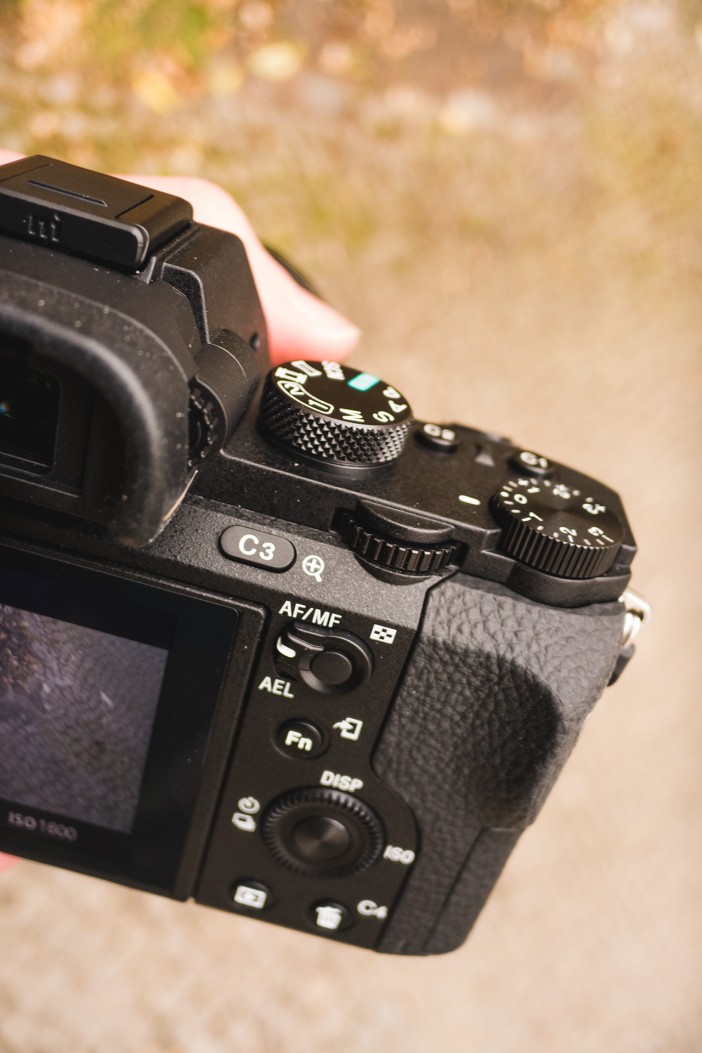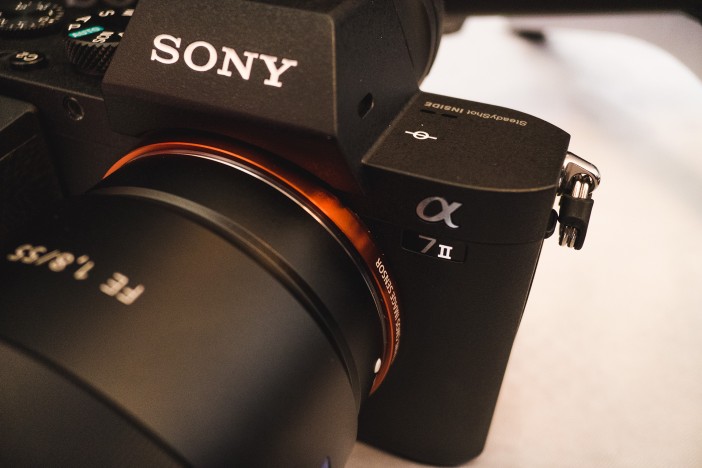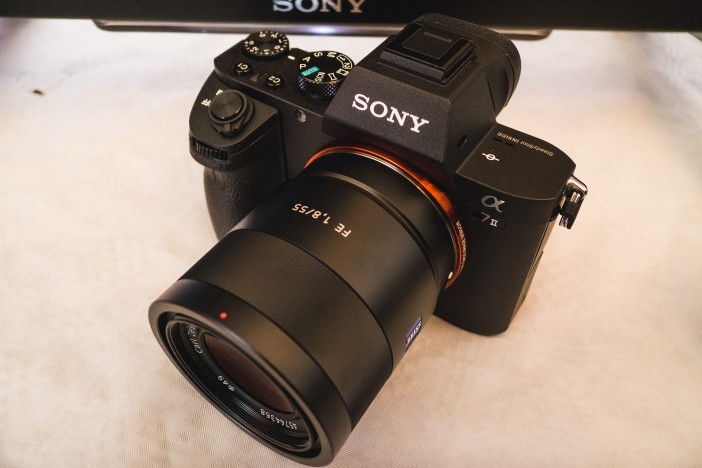Test based on pre-release hardware, firmware v1.0
The Sony A7 II is the first full frame mirrorless camera with 5 axis stabilisation inside (sensor shift based).
It also gets some ergonomic and video upgrades such as XAVC-S at 50Mbit/s and S-LOG. But how does image quality compare to the Sony A7S and how effective exactly is the much anticipated “SteadyShot Inside” for video?
I recently had my hands on an A7 II in Berlin to shoot with and took it for a test run. The Sony A7S is my current workhorse and I use it a lot. The A7 II now has the same 50Mbit XAVC-S codec found on the A7S, in addition to the standard AVCHD at 24Mbit of the old A7. S-LOG is “picture profile 7” in the menus, again completely unlabelled. All the other pro video picture profiles from Sony are present and correct. They need better labels than “PP4”, etc. too! The minimum ISO you can shoot with in S-LOG is 1600 this time on the A7 II, rather than 3200 for the more sensitive A7S. However switching to stills mode I was able to go down to 800 as a minimum. Odd!
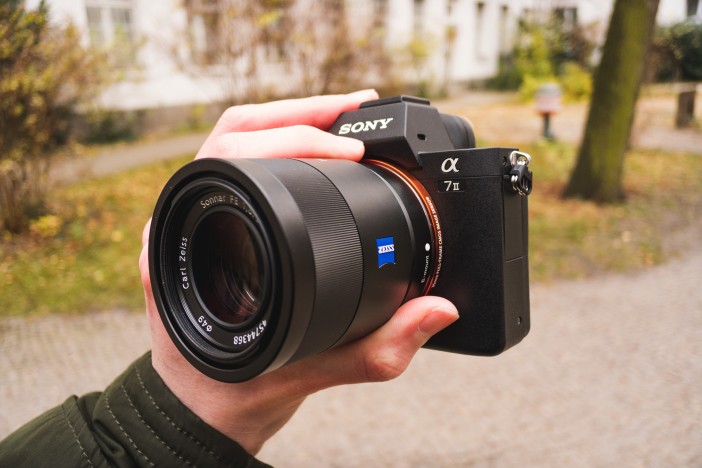
First the good news is that stabilisation works with any lens and you can dial in focal-lengths manually. For zooms, the lens has to communicate with the body as it’s impractical to enter the menus every time you zoom. The Metabones Canon EF adapter communicates the focal length to the camera so it will work with Canon EF zooms but not older zooms, Canon FD or Nikon AI/S, etc.
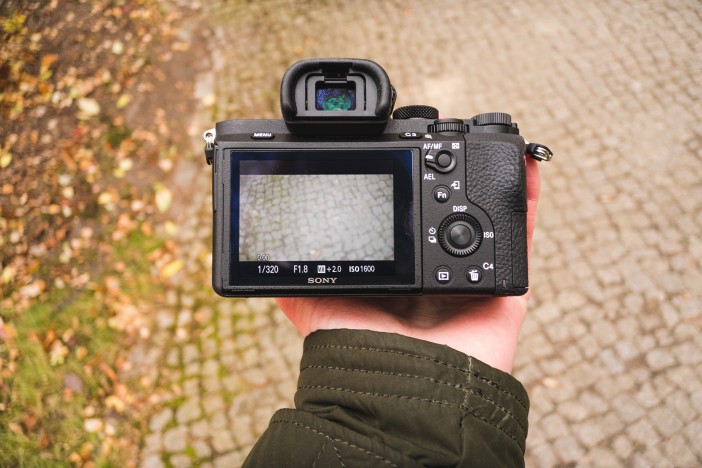
Like on the A7S and you can now magnify to check focus whilst recording. You can use APS-C crop mode without very much loss in image quality (unlike on the Nikon D750) and S-LOG gives very nice colours and decent dynamic range when graded with the A7S S-LOG profile in Film Convert. Dead easy to do it this way. Otherwise you can grade it in Resolve and apply the LUT to your edit and that way you have endless control over the image but it takes time and effort. It’s a bit like raw but tiny file sizes.
The A7 II has a 24MP sensor just like the previous A7. Unfortunately it does not have the full pixel readout or 4K HDMI output of the A7S. The pixel binning method employed on the sensor seems similar to before, which results in occasional aliasing and some moire too. Although most shots come out well and detail actually looks pretty close to proper 1080p like the A7S, this isn’t the camera to go shooting wide angle at infinity focus with lots of finely detailed landscapes or buildings. The A7S or internally recording 4K cameras like the Panasonic GH4 and Samsung NX1 give much better results for those kinds of shots. For closer focus shots especially with a shallow depth of field at longer focal lengths, and on faces the A7 II moire / aliasing is virtually unnoticeable.
The A7 II doesn’t seem as clean as the Nikon D750 though, despite both having 24MP Sony sensors. More aliasing certainly. A shame!
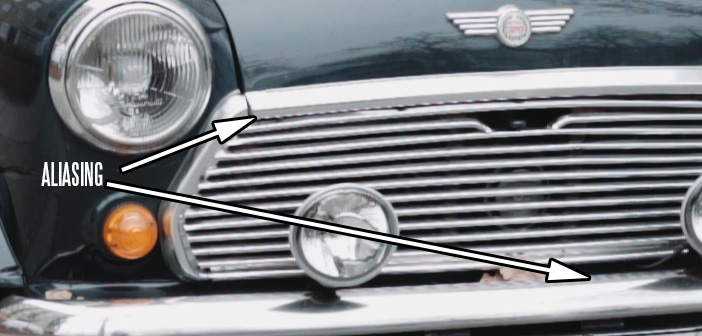
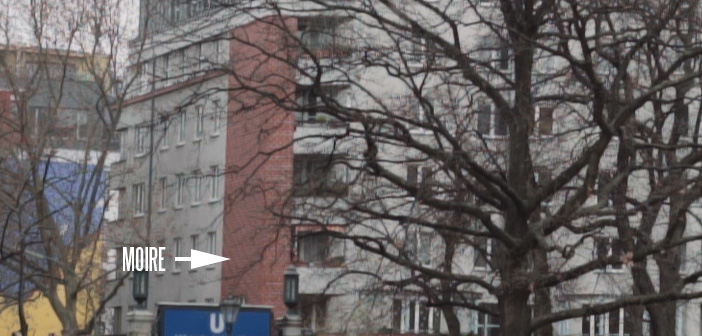
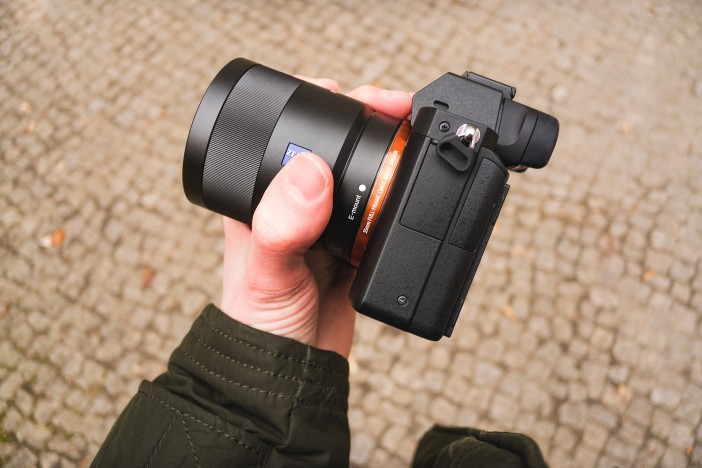
The 5 axis stabilisation system is also somewhat underwhelming. I didn’t find it as effective for video as the system Olympus employ in their OM-D E-M1. Handheld pans and tilts are not so much the issue, it is the lack of damping on very high frequency jitter. Granted it was a very cold day and my hand was a little shakier than it normally is! But the difference is obvious. Sony seem to have their own system and it just doesn’t work as well as the one in the E-M1 for video.
The system undoubtedly has an advantage for stills, but even then the advantages vs the A7S are debatable. The A7S can shoot at such high ISOs, you can use a shutter speed like 1/100 to avoid blur from camera shake in low light. The A7 II can certainly shoot at speeds like 1/10 handheld and get a sharp shot, meaning you can shoot at lower ISOs but the A7S is pretty much as clean at 12,800 as the A7 II at ISO 3200!
Speaking of low light you can see an ISO test at the end of the video. I was able to go up to a maximum of 25,600 in video mode. It’s a respectable performance at ISO 1600 and 3200 for a 24MP sensor but it doesn’t get close to the A7S.
Ergonomically the A7 II has some very noticeable changes as I’m sure you’ve all seen from the launch photos. This part of the camera too left me feeling somewhat disappointed, with almost all the same problems as before remaining. The video button is still badly placed yet they have two prime candidates C1 and C2 next to the shutter button that CANNOT be assigned as a video start / stop trigger. I didn’t see the logic in this the first time and I can’t see it the second generation round. Then there’s the rear jog dial towards the top plate which is still hindered by a protruding ridge right under it. The quality of the EVF seemingly hasn’t been touched, which is surprising given the 1899 euro price of the new body. The Fuji X-T1’s EVF is much bigger, much brighter and optically stronger for less money. The A7 II has put on weight as well, it’s now much thicker and bulkier. The new grip didn’t really add anything for me in terms of usability. The extra thickness front to back is probably due to 5 axis SteadyShot Inside so it’s an acceptable trade off for me but the ergonomic failings for a second generation running are not. Please Sony, get a Fuji X-T1 in your hands and start sorting this out.
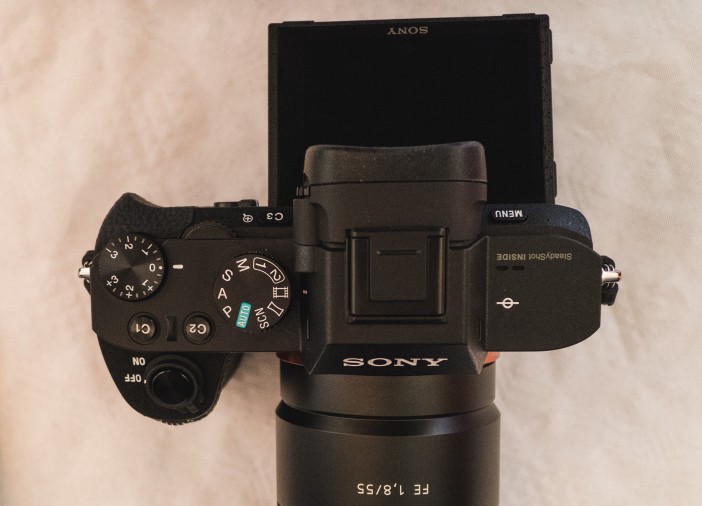
The Sony A7 II will be in stores mid-December in Europe and the US.
I think I’ll be skipping this one, but eagerly awaiting an A7S II with better ergonomic fixes and a hopefully very much improved Steadyshot Inside.
Here’s the HDMI menu on the new camera… As you can see there’s no option for 4K recording like on the Sony A7S. The only 4K output on the camera is in playback mode for stills.
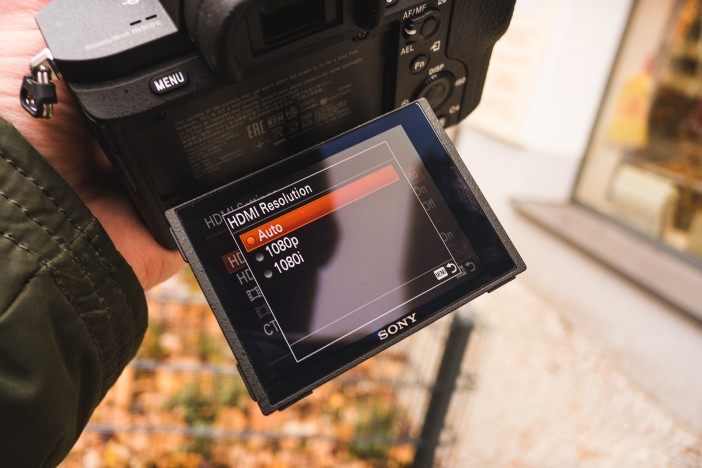
Whilst shooting I could press the AF / MF button to do a focus rack whilst recording video. This actually worked quite well with minimal hunting at the end of the rack, though the speed was too fast to make it seem like it was pulled by hand. Filmmakers might need extra tuning options for this but I didn’t see any. There wasn’t a way to fine tune the sensitivity of the eye sensor for the EVF either. I found it would blank out the LCD even when the screen was extended sometimes. Also, crossing the path of the EVF to press the menu button blanks out the very screen where the menus appear.
Conclusion
The camera I shot with was the final retail boxed version, firmware version 1.0. The A7 II has come out surprisingly early. I think Sony could do with taking it back to the lab and giving it more time. I’m disappointed the 5 axis stabilisation doesn’t work better in video mode to eliminate high frequency hand jitters at 50mm, let alone longer focal lengths. It’s just not as effective as the system in the cheaper Olympus E-M1. The ergonomics changes add a clunkier grip and that’s all I noticed. Why hasn’t Sony taken into account more feedback? Some of it is obvious and hasn’t been acted on. The C1 and C2 buttons should allow instant access to things like APS-C crop mode so we can instantly switch to a tighter shot without changing the lens. These buttons should also allow you to assign video start / stop trigger, because the default button for this is still incredibly awkward to reach. Consumers will all have a bundle of camera shake at the start and end of their unedited movie clips as they juggle the body to reach the video button, Steadyshot or no Steadyshot! It’s also rather baffling that Sony cannot find a way to allow us to take stills in video mode with the shutter button (instead of showing a long message about turning the dial to stills mode) when not recording. It slows down a hybrid stills / video shoot no end and almost all other cameras allow this functionality.
Image quality wise, the A7 II is acceptable for casual video use – even to the high end of casual with S-LOG. It can produce some lovely detailed images from the full frame sensor, reasonable in low light too – but the aliasing and moire can really bite you. The A7S remains by far the best option for video shooters and filmmakers. At the time of writing it is not much more than $500 off the price of the A7 II. It’s worth the extra.
